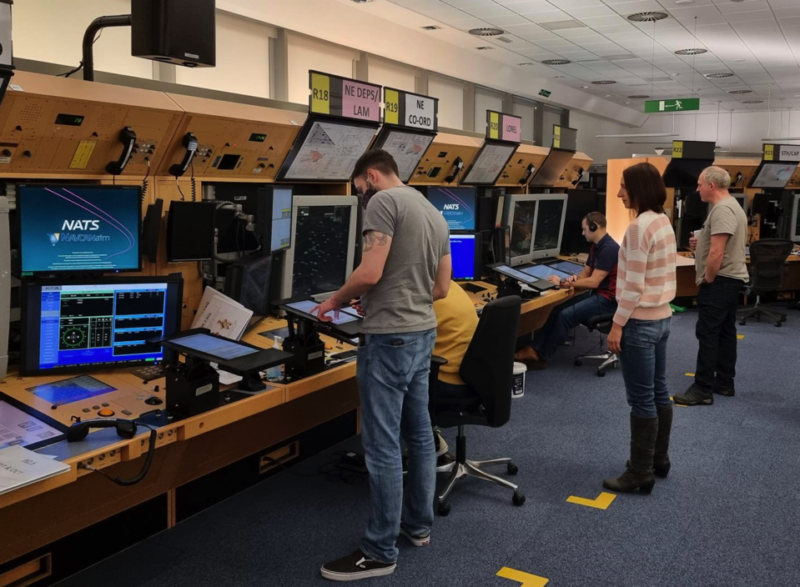Training for change – a human algorithm
27 January 2022We talk often about airspace modernisation, how it’s progressing, and the Civil Aviation Authority’s (CAA) process for approving a change to the route network that criss-crosses the UK’s skies. But we haven’t talked before about how we prepare our controllers for a new airspace design.
When an airspace change is introduced, we can’t just close the skies while we do it; we transition from old to new with the air traffic running as normal throughout. We need a robust plan to be sure we have the right number of controllers in the operation day to day, while allowing enough time for them to train on the new airspace in simulators away from the live operation.
We are currently training for a change to the arrival routes into London Luton Airport, which will be introduced next month. The Airspace Change Proposal (ACP) was approved by the CAA last November but our planning for training the controllers started a year earlier, in November 2020. We began the training itself in October 2021 to complete the 214 training sessions for 180 controllers in time for implementation.
Working out a training plan is a careful balance between maintaining a service for our customers and making time for the controllers to train, given shift patterns and the hours they are required to work.
Controllers are trained on specific sectors of airspace and hold validations for only these areas. This means we have a limited number of controllers available to work on a specific sector while training is underway.
Most of our controllers work a 10-day shift pattern that loosely corresponds to two mornings, two afternoons, two nights, one sleep day and three days off. Then there are variations taking into account part-time staff and those with a primary role in another team who make themselves available to the operation on set days per month. It’s made even more challenging by the strict regulations regarding the number of hours per month controllers are required to work to maintain their validation.
Completing training on this scale is a delicate balance at the best of times. Doing it through a pandemic brings a whole new set of challenges, with varying traffic levels and periods of self-isolation often leading to last-minute changes to the training plan. Sometimes we need to move an individual’s training to increase resilience in the operation, and in extreme circumstances we will move an entire training module.
To put it in context, there has not been a day since the plan was approved that we have not had to make a change. It is constantly evolving to achieve the benefits of the airspace change for our customers, all while ensuring safety and maintaining operational service. The team is essentially running as a human algorithm.
Of course, with so many unknowns, delivering training always poses significant challenges and as traffic levels steadily increase, we do our best to make sure the travelling public remain totally unaware of all the work that goes into implementing a change, making their journey as quick and efficient as it can be. We are on track to see all 180 controllers complete their training and, on February 24, the new airspace arrangements will click into use and we hope all our preparation makes it seamless.
Comments
Please respect our commenting policy and guidelines when posting on this website.

27.01.2022
18:46
Tom
Thanks, very interesting and informative.